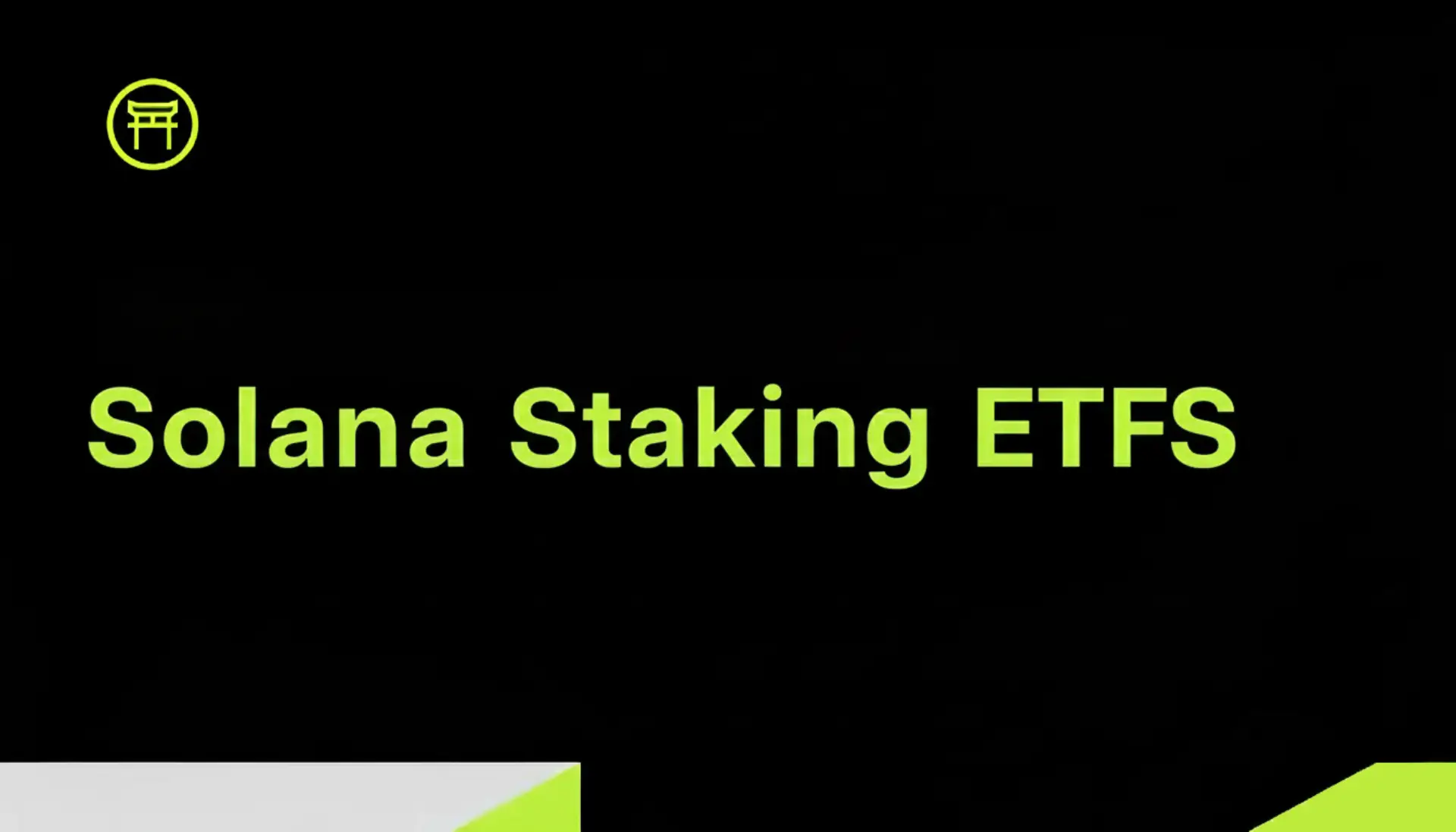The Evolution of Staking Rewards: A Comparative Study
Staking rewards have become a cornerstone of modern blockchain ecosystems, incentivizing participants to secure networks while enabling a decentralized consensus mechanism. This study compares staking reward models across three prominent blockchains: Solana, Ethereum, and Polkadot, highlighting the interplay between inflation schedules and transaction fees in shaping their economics.
1.Solana’s Staking Model
Solana operates on a proof-of-stake (PoS) mechanism, combining high throughput with an optimized staking reward model. Key features include:
Inflation Schedule:
Solana’s inflation rate starts high and gradually decreases over time, with a long-term fixed-rate target (typically around 1.5%). This model encourages early participation in staking, ensuring rapid decentralization during the blockchain’s growth phase. Validators and delegators share rewards, fostering collaboration between stakeholders.
Transaction Fees:
While transaction fees on Solana are minimal due to its scalability, they form an additional revenue stream for validators. However, their contribution to overall rewards is relatively small compared to the inflation-based rewards.
Unique Features:
Solana rewards are dynamically adjusted based on network performance, uptime, and voting activity of validators, promoting consistent participation.
2. Ethereum’s Staking Model
With the transition to Ethereum 2.0 and its PoS mechanism, staking has undergone a paradigm shift in the blockchain’s reward distribution:
Inflation Schedule:
Ethereum’s rewards are not fixed but depend on the total amount of ETH staked in the network. As more ETH is staked, the reward rate decreases, creating a dynamic equilibrium that balances network security with economic incentives.
Transaction Fees (Priority Tips):
A significant differentiator is the inclusion of transaction fees in rewards. Post-EIP-1559, the base fee for transactions is burned, reducing Ethereum’s supply, while validators earn tips and MEV (Maximal Extractable Value) opportunities, supplementing their staking income.
Deflationary Potential:
Ethereum’s unique model, where transaction fee burning can exceed the inflationary reward issuance during high network activity, introduces a deflationary aspect to staking rewards.
3. Polkadot’s Staking Model
Polkadot’s staking model is distinctive, leveraging a Nominated Proof-of-Stake (NPoS) mechanism. Here’s how it stands out:
Inflation Schedule:
Polkadot maintains a predictable inflationary model, targeting an annual issuance of around 10% of its total supply. This consistent rate ensures validators and nominators receive stable rewards while preventing rapid dilution.
Transaction Fees:
Transaction fees are considerably lower in Polkadot and form a less substantial part of staking rewards. The focus remains on inflation as the primary incentive for participants.
NPoS Benefits:
Unlike Solana or Ethereum, nominators in Polkadot directly select validators. The system uses an equalized reward distribution mechanism, ensuring fair returns across validators irrespective of stake weight, which reduces centralization tendencies.
The Role of Inflation and Transaction Fees
Inflation Schedules:
Inflation directly impacts staking rewards and network security. Solana’s declining inflation incentivizes early adopters, while Ethereum and Polkadot rely on stable or dynamic models to ensure long-term sustainability.
Transaction Fees:
Transaction fees provide an additional layer of compensation. Ethereum’s model uniquely integrates fee burning, aligning staking with token scarcity and value appreciation. In contrast, Solana and Polkadot rely more heavily on inflationary rewards.
Conclusion
The evolution of staking reward models reflects the diversity of blockchain priorities, from network security to economic sustainability. Solana’s performance-based incentives, Ethereum’s deflationary mechanisms, and Polkadot’s egalitarian approach underscore the flexibility of PoS systems. Together, these models demonstrate the trade-offs and innovations shaping decentralized networks, offering insights into the future of staking and blockchain governance.







